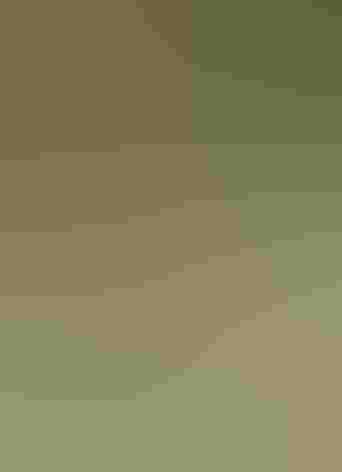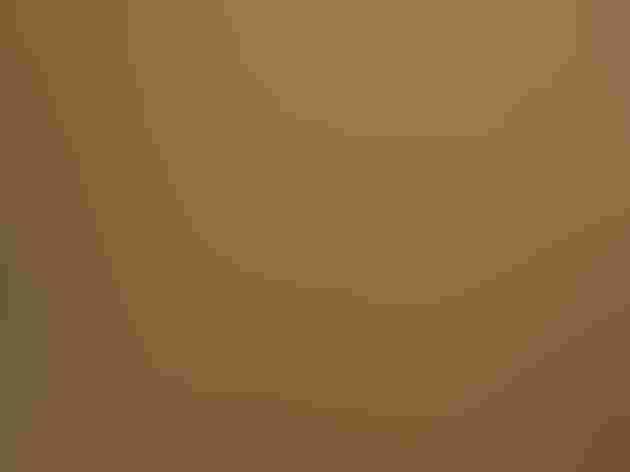Eastern Meadowlark
At a Glance
A familiar bird, known by the black 'V' on its chest when it sings from a fencepost, or by the flash of white tail feathers when it flushes from the grass. The clear whistled song of the Eastern Meadowlark can be heard in spring not only in the East but also in desert grasslands of the Southwest. Some scientists believe that the southwestern form is actually a different species. Other races of the Eastern Meadowlark are widespread in Central America and northern South America.
All bird guide text and rangemaps adapted from Lives of North American Birds by Kenn Kaufman© 1996, used by permission of Houghton Mifflin Harcourt Publishing Company. All rights reserved.
Category
Blackbirds and Orioles, Perching Birds
Conservation
Near Threatened
Habitat
Coasts and Shorelines, Desert and Arid Habitats, Fields, Meadows, and Grasslands, Shrublands, Savannas, and Thickets
Region
Eastern Canada, Florida, Great Lakes, Mid Atlantic, New England, Plains, Rocky Mountains, Southeast, Southwest, Texas
Behavior
Flap/Glide, Flushes, Running
Population
37.000.000
Range & Identification
Migration & Range Maps
Present all year in most of range, although only small numbers usually remain through winter in North. Migrants arrive rather early in spring and linger late in fall.
Description
9-11" (23-28 cm). A chunky, short-tailed bird with black V" on yellow breast, streaked brown back, white outer tail feathers. Looks like Western Meadowlark; can be slightly darker, more richly colored, but with less yellow on face. Southwestern race paler like Western, but shows more white in tail. Best known by voice, range.
Size
About the size of a Crow, About the size of a Robin
Color
Black, Brown, Tan, White, Yellow
Wing Shape
Rounded
Tail Shape
Rounded, Short, Square-tipped
Songs and Calls
Clear, mellow whistle, see-you, see-yeeeer; also a loud rattling alarm note.
Call Pattern
Falling, Flat
Call Type
Buzz, Chirp/Chip, Flute, Trill, Whistle
Habitat
Open fields and pastures, meadows, prairies. Breeds in natural grasslands, meadows, weedy pastures, also in hayfields and sometimes in fields of other crops. Winters in many kinds of natural and cultivated fields. In the Midwest, tends to prefer taller and lusher grass than Western Meadowlark, but in the Southwest it lives in very arid desert grasslands.
Sign up for Audubon's newsletter to learn more about birds like the Eastern Meadowlark
Behavior
Eggs
3-5, sometimes up to 7. White, heavily spotted with brown and purple. Incubation is by female, about 13-15 days.
Young
Both parents feed nestlings (but female does more). Young leave nest after 11-12 days, when still unable to fly, and are tended by parents for at least 2 more weeks. 2 broods per year.
Feeding Behavior
Forages by walking on the ground, taking insects and seeds from the ground and from low plants. May probe in the soil with its bill. In winter, may forage in flocks.
Diet
Mostly insects and seeds. Majority of diet consists of insects, especially in summer, when it eats many grasshoppers, crickets, beetles and their larvae, caterpillars, ants, true bugs, and others; also spiders. Seeds and waste grain make up over one-fourth of annual diet, and are eaten especially in fall and winter.
Nesting
Male defends nesting territory by singing. In courtship, male faces female, puffs out chest feathers and points bill straight up to show off black "V," spreads tail widely, and flicks wings; he may even jump in the air in this posture. Male may have more than one mate. Nest: Placed on the ground, in areas with dense grass and other low cover, in a small depression in soil. Nest (built by female) is a domed structure with the entrance on the side, made of grass stems interwoven with surrounding growth. Usually has narrow trails or "runways" leading to nest through the grass.
Climate Vulnerability
Conservation Status
The species probably increased in numbers during the 1700s and 1800s as forests were cleared and turned into farmland. However, populations generally have been declining in the East in recent decades. The decrease in amount and quality of habitat is the most likely cause.
Climate Threats Facing the Eastern Meadowlark
Choose a temperature scenario below to see which threats will affect this species as warming increases. The same climate change-driven threats that put birds at risk will affect other wildlife and people, too.








